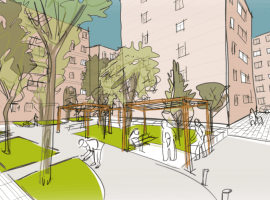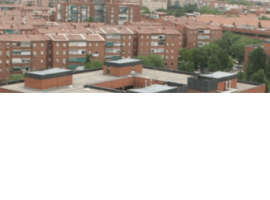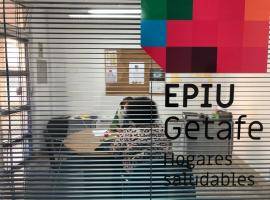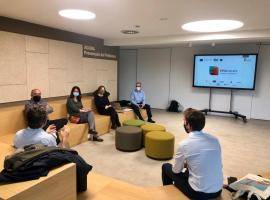Energy poverty is not a one-size-fits-all problem as challenges vary across different regions, households, or neighbourhoods. Exposure, personal conditions, and resilience as factors of vulnerability make energy poverty a multifaceted challenge that requires specific approaches.
Energy poverty occurs at the household level and responds to a combination of contextual and personal factors. Contextual factors refer to the geographical location, climate, dwelling, type, available heating/cooling equipment or the broader geopolitical aspects affecting energy prices. Personal factors such as age, health, status or household composition and other socio-economic elements can exacerbate the situation.
Both, contextual factors, and personal factors can affect potential interventions to tackle energy poverty. For example, a family in a situation of vulnerability may require different solutions if they live in a flat compared to a house or if they live in a softer climate versus more harsh climate conditions. If someone in the household lives with health issues such as a chronic disease. This can also impact potential interventions. Energy poverty therefore requires tailor-made solutions that recognize the diverse nature of the problem and account for the specific needs, challenges, and contexts of each community. By empowering local communities, considering affordability, and integrating energy access within broader development strategies, a lot can be done to address energy poverty and create a more sustainable and equitable future for all.
One of the innovations within EPIU project, is to intervene and consider tailor-made solutions. This report summarizes the specific solutions in the context of Getafe.
The project proposes tailor-made solutions beyond the household level as comfort can be modified also by intervening at the scale of the dwelling scale or at the neighbourhood level.
























